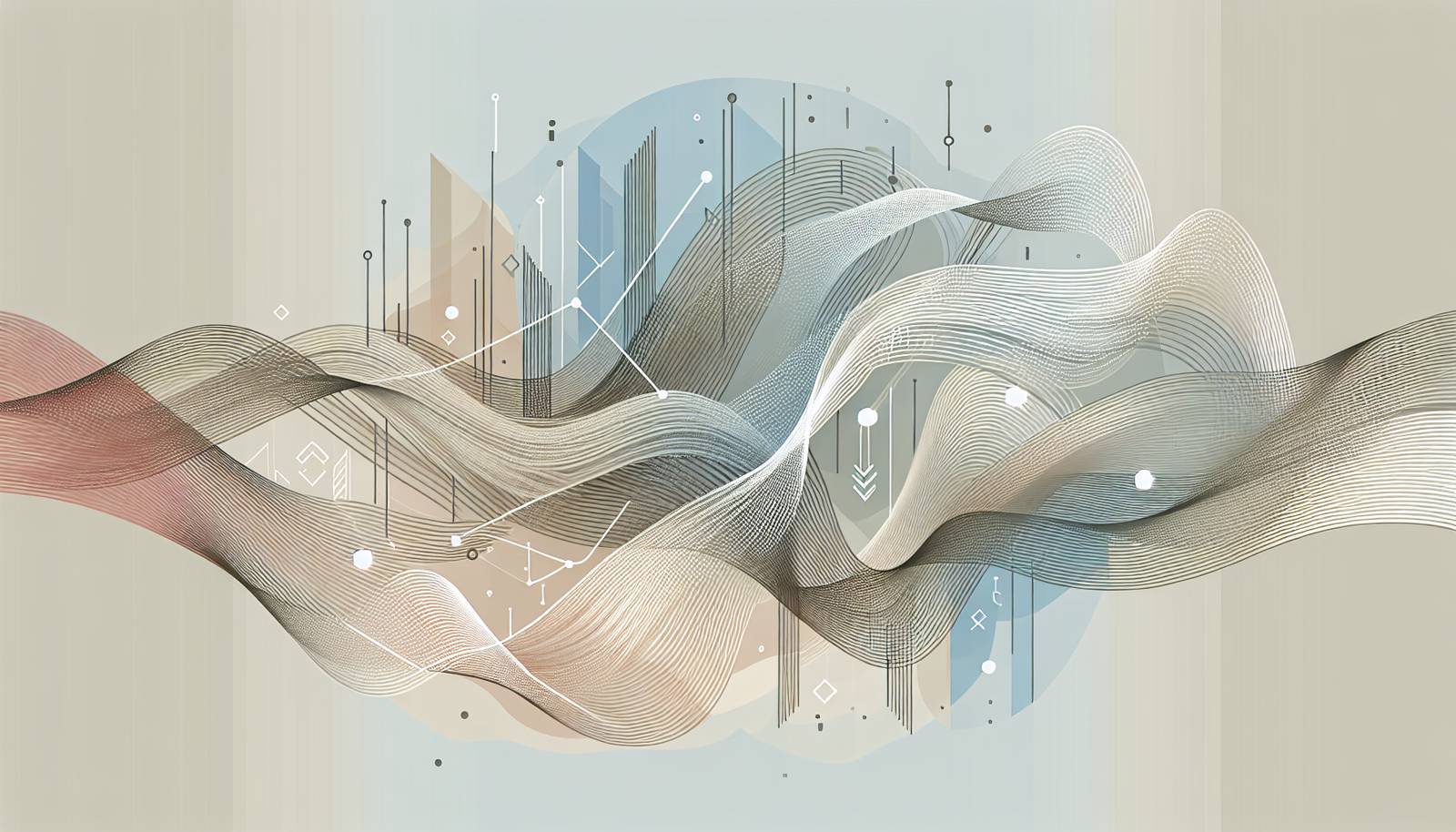
FAQ About The Influence of Artificial Intelligence on Contemporary Dance

How is AI being used in contemporary dance choreography?
AI is being used in contemporary dance choreography by analyzing human movements and generating new combinations of these movements. Advanced AI systems can identify patterns in dance and suggest innovative sequences that choreographers might not have considered. These systems use motion capture and deep learning algorithms to enhance creativity in dance.

Can AI-generated choreography replace human choreographers?
AI-generated choreography is a tool that can enhance the work of human choreographers, rather than replace them. AI can offer new movement possibilities and inspire choreographers with data-driven insights. However, the artistic intuition, emotional expression, and cultural nuances brought by a human choreographer remain irreplaceable elements in dance.

What role does AI play in dance education?
AI plays a significant role in dance education by providing personalized training programs, analyzing student performance, and giving feedback. AI systems can track a dancer's movement accuracy and suggest improvements, helping students refine their technique. Additionally, AI can make educational resources more accessible through virtual tutorials and dance simulations.

How does AI analyze dancers' movements?
AI analyzes dancers' movements using technologies such as motion capture, computer vision, and machine learning. By capturing an artist's movements, AI can study and learn the biomechanics involved, identify patterns, and model these for further training, choreography, or performance evaluation.

What are some examples of AI in contemporary dance performances?
Examples of AI in contemporary dance performances include projects like 'Murmuration,' where drones were choreographed alongside dancers, or 'Digital Glitch,' where machine learning was used to generate movements in real-time that dancers interpreted on stage. These projects demonstrate AI's capability to collaborate artistically with human dancers.

What technology is involved in AI-driven dance projects?
AI-driven dance projects typically involve technologies such as motion capture systems, neural networks, machine learning algorithms, computer vision, and occasionally augmented reality. These technologies work together to record and analyze dance movements, creating new possibilities in choreography and performance.

Can AI personalize dance performances for audience members?
AI has the potential to personalize dance performances by utilizing audience data to adapt elements of the performance in real-time. For example, AI can analyze audience reactions and adjust lighting, sound, or even dancer movements to enhance engagement. This level of personalization can create a more immersive and tailored experience for each viewer.

How might AI impact the future of dance collaborations?
AI can greatly impact the future of dance collaborations by facilitating connections between different art forms and across geographical boundaries. It allows for innovative partnerships between dancers and technologists, creating hybrid performances that can be globally shared and experienced in real-time through digital platforms.

Is there a risk of losing the human touch in AI-enhanced dance?
While AI can bring novel elements to dance, there is a concern about losing the spontaneity and emotional authenticity that human dancers provide. The artistry and expressive nuances of human performance can be challenging for AI to replicate fully. Therefore, many artists seek to use AI as a complementary tool that augments human creativity rather than replaces it.

How does AI contribute to experimental or avant-garde dance?
AI contributes to experimental or avant-garde dance by generating unexpected movement patterns and interactions that can push the boundaries of traditional choreography. It encourages dancers to explore new physicalities and challenge conventional storytelling through movement, thereby fostering innovation in performance art.

What are the benefits of using AI in choreography?
The benefits of using AI in choreography include increased efficiency in developing new pieces, access to a broader range of movements inspired by different global dance traditions, and the ability to experiment with complex synchronized routines that might be challenging to achieve manually. AI also helps in visualizing and refining choreography faster.

Can AI help in preserving traditional dance forms?
AI can help preserve traditional dance forms by recording and analyzing the intricate details of these dance styles, ensuring they are accurately documented for future generations. By modeling these dances digitally, AI makes it easier to teach and pass on these traditions to new audiences and dance practitioners worldwide.

How do dancers interact with AI during performances?
Dancers interact with AI during performances through wearable technology, interactive projection systems, and motion-sensitive environments. These technologies allow dancers to create dynamic interactions with digital elements, such as changing backdrops or lighting effects that respond to their movements, thereby enhancing the immersive quality of their performances.

Are there ethical concerns regarding AI in dance?
Ethical concerns regarding AI in dance include issues of authorship and copyright, as well as the potential for over-reliance on technology that may stifle human creativity. Additionally, there are concerns about data privacy, especially relating to how performers' movements and biometrics are recorded and used by AI systems.

What challenges do AI developers face in dance applications?
AI developers in dance applications face challenges such as accurately capturing and interpreting complex human movements and emotions, addressing cultural sensitivities in choreography, and ensuring the dance aligns artistically with human expectations. There is also the technical challenge of creating AI systems that can work fluidly in live performance settings.

How is AI revolutionizing audience interaction with dance?
AI is revolutionizing audience interaction with dance by enabling virtual and augmented reality experiences where viewers can engage with performances more interactively. It also allows for real-time feedback systems where audience reactions can directly influence ongoing performances, creating a more participatory experience.

What are the limitations of AI in dance creation?
The limitations of AI in dance creation include its inability to fully mimic the emotional depth, intuition, and spontaneous creativity inherent in human dancers. AI also struggles with interpreting cultural contexts and nuances, which are crucial in many dance performances. These aspects require human insight and artistic judgment that AI cannot replicate independently.

Can AI assist in creating more inclusive dance productions?
AI can assist in creating more inclusive dance productions by analyzing and adapting choreography for dancers of different abilities. It can propose modifications that enable diverse performers to participate, ensuring that dance productions are more accessible and representative of various physical capabilities and cultural expressions.

How does AI impact the business side of dance productions?
AI impacts the business side of dance productions by providing data analytics on audience preferences and trends, helping producers make informed decisions about program selections and marketing strategies. It can also optimize scheduling, logistics, and resource allocation, ultimately leading to more cost-effective and successful productions.

What is the global reach of AI in contemporary dance?
The global reach of AI in contemporary dance is significant, as it allows choreographers from different regions to collaborate remotely, sharing ideas and creating transnational performances. AI facilitates cultural exchanges and broadens the audience base by making performances accessible anywhere, thus promoting global appreciation of diverse dance forms.
